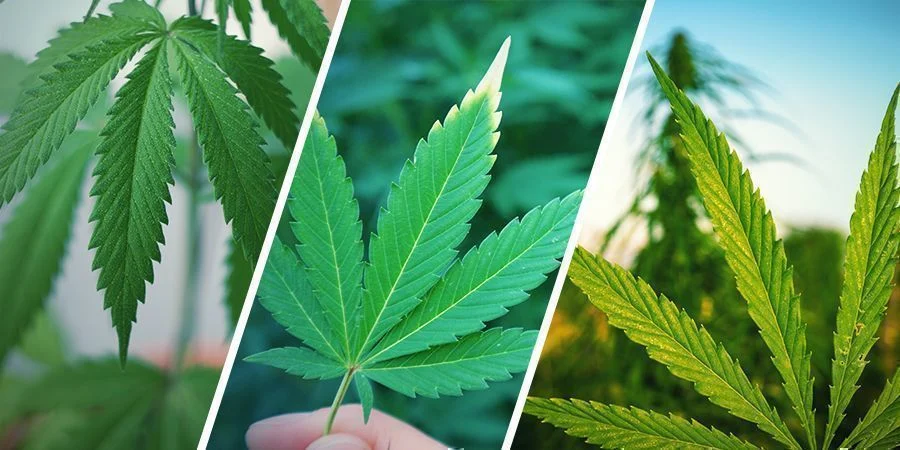
As the cannabis industry continues to grow and evolve, so do the methods of cannabis extraction. One of the newest and most exciting methods to emerge is solventless cannabis extraction with R143a. This innovative process is quickly gaining popularity among cannabis enthusiasts and industry professionals alike, thanks to its unique benefits and potential for producing high-quality concentrates without the use of harmful solvents.
At PURE5™, a leading cannabis extraction company based in Phoenix, Arizona, we are proud to be at the forefront of this exciting new technology. Our team of experts has spent years perfecting the art of solventless extraction with R143a, and we believe that this method holds immense promise for the future of the cannabis industry.
So, what exactly is solventless cannabis extraction with R143a, and how does it work? Essentially, this method involves using R143a, a refrigerant gas that is commonly used in air conditioning and refrigeration systems, to extract the valuable cannabinoids and terpenes from cannabis flower. Unlike traditional extraction methods that use solvents like butane or propane, R143a is a non-toxic and non-flammable gas that poses no threat to human health or the environment.
But how does R143a compare to other solvents in terms of efficiency and quality? While it may seem counterintuitive to use a gas instead of a liquid to extract cannabis concentrates, R143a has several unique advantages that make it a superior option for many applications. For one, R143a is able to extract a wider range of cannabinoids and terpenes than other solvents, resulting in a more diverse and flavorful final product. Additionally, R143a extraction can be performed at a lower temperature and pressure than other methods, which helps to preserve the delicate terpenes and prevent degradation of the cannabinoids.
Of course, as with any new technology, there are still some challenges and uncertainties surrounding solventless cannabis extraction with R143a. One of the main concerns is the potential for residual gas to be present in the final product, which could be harmful if consumed in high quantities. However, at PURE5™, we have developed rigorous testing and purification protocols to ensure that all of our R143a-extracted concentrates are safe and free from any residual solvents.
Overall, solventless cannabis extraction with R143a is an exciting new development in the world of cannabis concentrates, and one that we at PURE5™are proud to be a part of. As more and more consumers demand high-quality, solvent-free cannabis products, we believe that R143a extraction will become an increasingly important and widely-used method in the industry.
Link to our website: https://pure5extraction.com/
Link to in-depth related article: https://pure5extraction.com/what-is-r134a-extraction/




